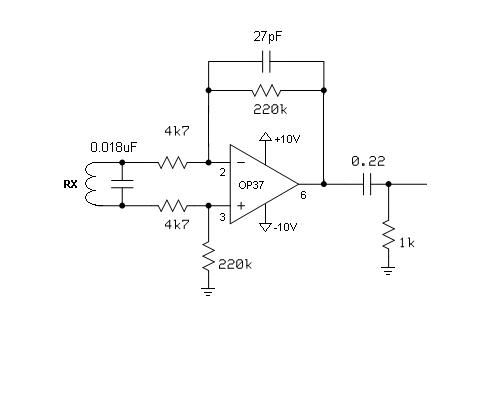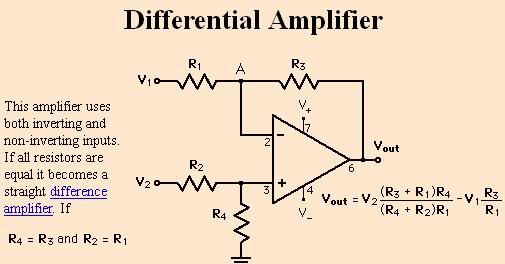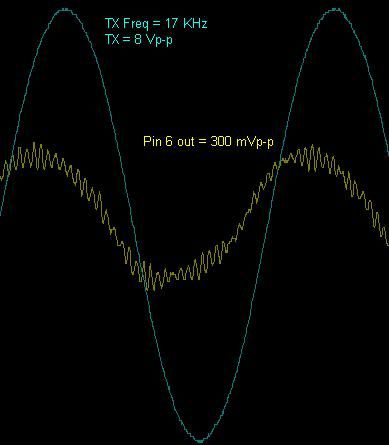Originally posted by JamesPicard
View Post
It is quite easy to make it better. Resistors in the non-inverting branch must be replaced by much lower values to make the opamp work as a true differential amplifier. I'd replace 220k with 2k2, and 4k7 with 47ohm. Tank loading should not be a problem because total impedance seen from it should be over 4k, which could only be beneficial regarding noise.
Whit true differential opamp you should not have problems typical for unshielded coils.




 Its been 15 years since I worked with analog. I've been programming too long!
Its been 15 years since I worked with analog. I've been programming too long!





Comment